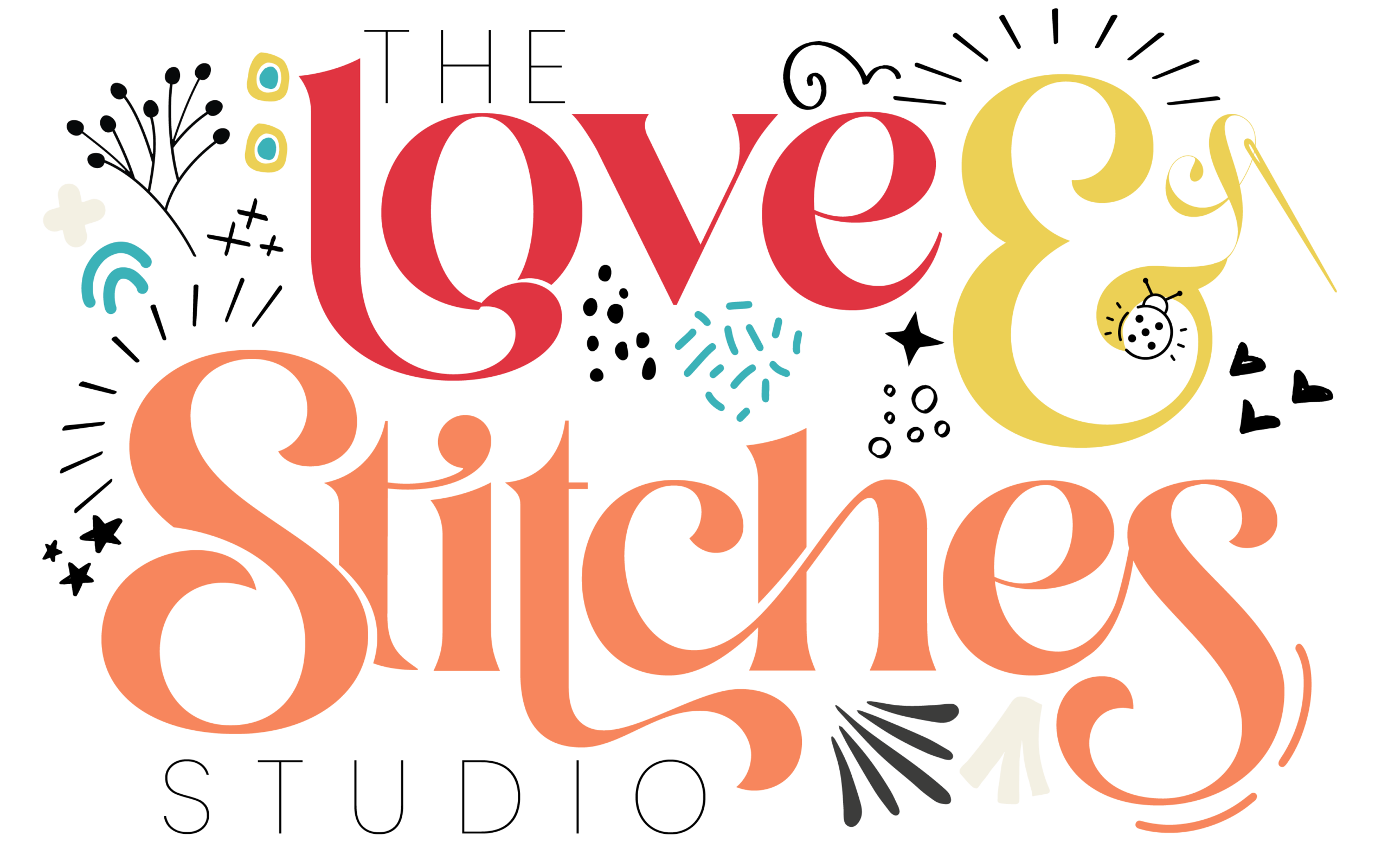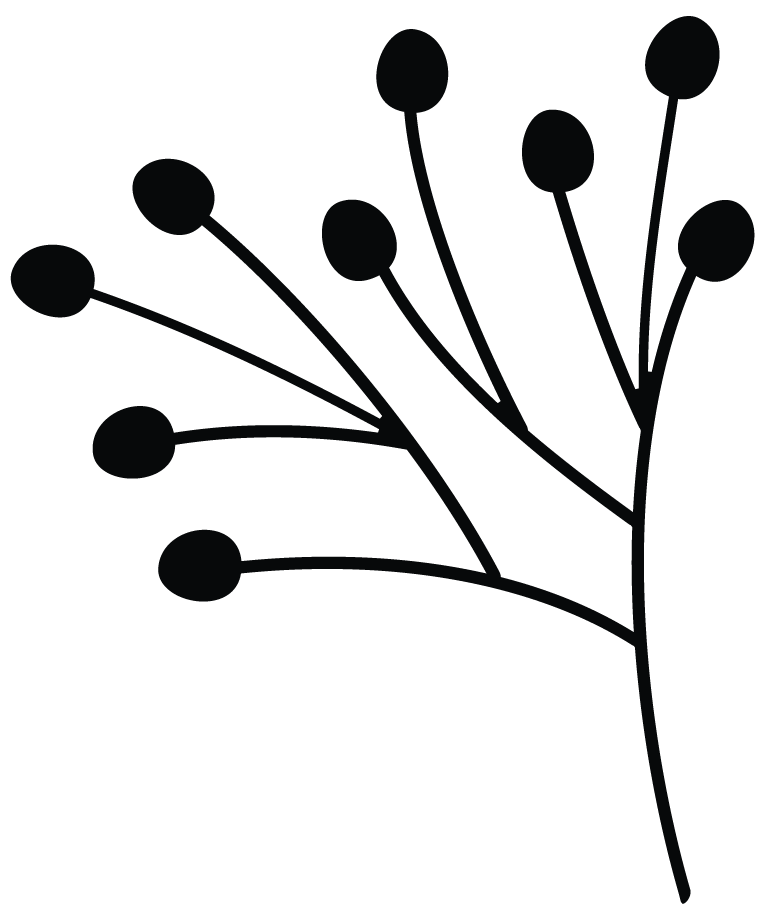Pattern Markings seem like hieroglyphics when you first start dressmaking. A lot of marks and squiggles on your patterns that don’t mean anything to you.
But pattern markings are essential to helping you put your pattern pieces together in the right way with the correct parts stitched together.
They are a pattern “shorthand” and once you can decipher the code, they reveal a lot of information about each pattern piece and what needs to happen with it.
Notches
Notches are usually indicated by small triangles on the cutting line on your pattern. I often describe notches as jigsaws that help you put the put the puzzle together.
Some independent pattern designers, such as Tilly and the Buttons, use short lines on the cutting line to indicate notches. And you might find other variations from other pattern designers. If you’re not sure, there is often a key to symbols included in the pattern instructions.

Usually a notch will have a corresponding notch on the seam it is to be matched to. For example a front side seam will have a matching notch on the back side seam.
Double notches, 2 notches close together, will usually indicate the back. For instance, you will find this commonly used on armholes and sleeves to indicate the back. A single notch would be used on the front.
Triple notches, 3 notches close together, are sometimes used to indicate the back. This is used most often to indicate the back crotch seam.
Grainlines
Grainlines (also called straight grain) are usually marked on a pattern with a straight line with arrows at either end. They do not need to be transferred to the fabric. Rather are used to ensure that the pattern pieces are aligned correctly on the fabric.

The grainline on each pattern piece should run parallel to the selvedge.
The selvedges are the finished edges of the fabric. There are sometimes manufacturers details and colour charts printed in the selvedges. Other times there are small pin hole dots where the edges of the fabric were on hooks as part of the weaving process. The selvedges are usually a tighter weave than the rest of the fabric and often have a fluffy fringed edge.
The other edges will be the cut edges.
Usually your pattern will be cut with the fabric folded in half lengthwise with the selvedges together. And the folded edge should run parallel to the selvedges.
Place your pattern piece onto the folded fabric and measure from the grainline to the selvedges at two different points, at either end, of the grainline. Adjust the pattern piece until both measurements are the same.
It is important that your pattern is cut on the grain as this is the strongest thread in the weave. And so, the warp threads, run parallel to the selvedge. Cutting the pattern on the grain, means that garments will hang correctly and will not twist or feel uncomfortable with wear.
Cut on Fold
When the pattern piece is to be cut on the fold the pattern marking is usually a line with small arrows pointing to the edge of the pattern piece. As long as your fabric is correctly folded in half then placing that edge of the pattern to the folded edge of the fabric will mean that the grain is correct.
When cutting a pattern piece on the fold, you should not cut down the folded edge. When you unpin that piece and open it out then you will have a complete piece.
Small Circles & other pattern markings
Small circles are used to indicate a variety of things on a pattern. And sometimes it is obvious what they are for. For example, when they are used to indicate a dart. Other times it is not until you read the pattern instructions that it becomes clear what they are for.

Small circles are usually used. But if a pattern has a requirement for lots of markings, then large circles, squares, triangles and dots might be used. This allows you to easily differentiate between the different types of markings more easily.
These types of pattern markings are not usually at the edge of the fabric. Because one of the methods used to transfer these marking to the pattern are tailors tacks.
Find out about pattern markings and more in the Love & Stitches Club.
Love & Stitches
Alison xx


